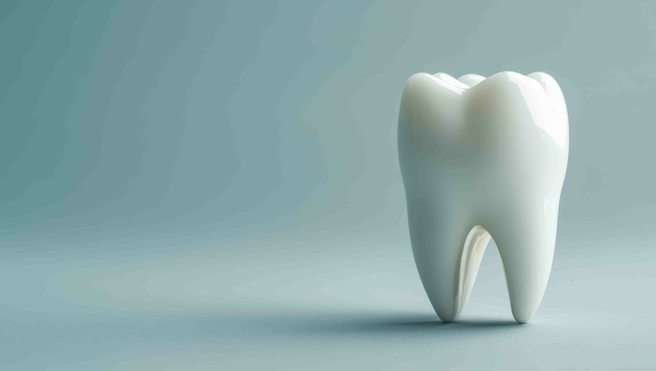
Investigating effects of plant phytoliths on tooth enamel wear

A study published in the Royal Society is introducing an innovative experimental approach to better understand how plant phytoliths—microscopic silica particles in vegetation — contribute to dental enamel wear. Previous research produced conflicting results due to limitations in simulating realistic chewing conditions. To address this, researchers developed a novel biocomposite “leaf” by embedding phytoliths into a soft silicone matrix, mimicking the stiffness of actual plant leaves. These artificial leaves were then slid against human enamel under controlled conditions.
The tests showed that phytoliths increase existing enamel damage and reduce mineral content, even though the particles themselves break down over time. The main form of damage is called "quasi-plastic" deformation — a type of permanent denting caused by sharp-edged phytoliths scraping against weak spots in enamel’s microscopic structure. This kind of wear happens at both the micro- and nanoscale levels, often without causing cracks, but still leading to material loss, according to the study.
Researchers found that plant phytoliths, upon cyclic contacts, increase the extent of pre-existing wear in tooth enamel and decrease its mineral content. They also found that phytoliths in soft solid media undergo long-term mechanical degradation.
"These results provide a better understanding of how mechanical failure of dental enamel (microscopic wear, fracture, etc.) occurs, which has large implications for dentistry and understanding animal ecology and evolution," the study said.
Read more: The Royal Society
The article presented here is intended to inform you about the broader media perspective on dentistry, regardless of its alignment with the ADA's stance. It is important to note that publication of an article does not imply the ADA's endorsement, agreement, or promotion of its content.